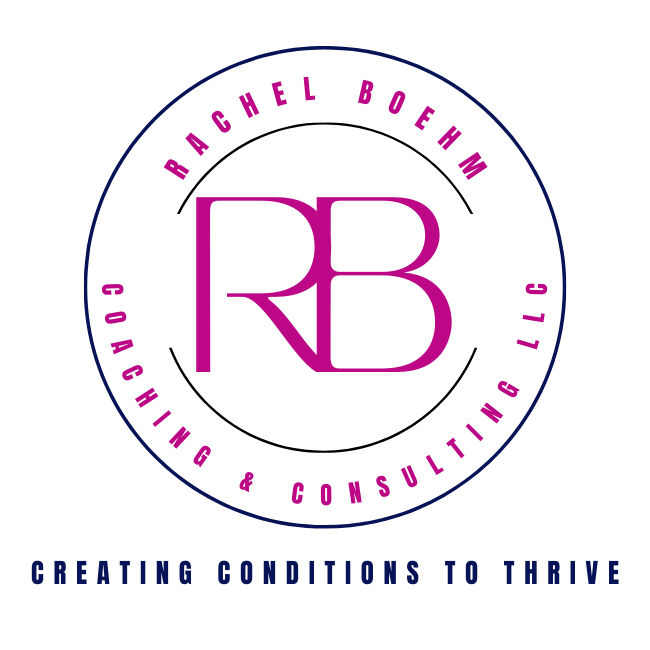Walk This Way: What The Buddha Can Teach Us About Burnout and Boreout at Work
The Middle Way is a central teaching in Buddhism for how to live well and facilitate enlightenment.
By following the Middle Way, one avoids the extremes of self-denial and self-indulgence, constant striving, and lethargy (Britannica; Bajzelj, 2017).
The concept of the Middle Way goes beyond this, though. It can be applied to every area of our life and in so doing, it can help you avoid burnout, boreout, experience greater peace of mind, and live a happier, healthier life.
The Lute Strings or Sona’s Lute
The parable of The Lute Strings (also referred to as The Story of Sona’s Lute) is a great way to demonstrate this.
There are a few variations on the telling of the parable but essentially:
Sona was a Buddhist monk. Prior to becoming a monk, however, he was a great musician and particularly fond of lute playing (a stringed instrument similar to a guitar).
Sona became zealous in his meditation practices. He was constantly in practice, even to the point of developing blisters on his feet which then bled. He became emaciated because he was so committed to the practice he didn’t stop to eat.
Still, his efforts brought him no happiness. He still craved worldly things and felt a failure. He began to doubt whether the life of a monk was for him. The Buddha at that moment walked by and sat beside him. The Buddha asked, “Sona, if you tighten the strings too tight on the lute will play a melody?”
“No," Sona replied.
“If the strings are too loose, will it play a melody?”
‘“No,” Sona replied.
“If the strings are not too tight or too loose, would it play a melody?”
“Yes," Sona replied.
“So too, is the meditation practice,” the Buddha replied.
The Middle Way Between Burnout and Boreout
And so too is life. If we are constantly striving, working ourselves at a punishing pace, we burn out. We develop cynicism, self-doubt, and exhaustion. We, like Sona, are ready to quit. Without help, we just might.
If we never strive, if we are lethargic or experience “underwork” or “underemployment” (aka “Boreout Syndrome”) we can develop depression, anxiety, and negative health effects, and question the purpose of your work. It, like burnout, can increase the likelihood of turnover, and early retirement intentions (Harry et al., 2014).
How do you find the Middle Way between Burnout and Boreout? The detailed answer depends based on what you are experiencing, and a host of personal factors. But the bottom line is that energy management is critical. And that involves self-awareness, setting boundaries (and enforcing them), and committing to other self-care practices including exercise, healthy eating, time alone, time with friends, personal hygiene, playing games, and activities that replenish you and bring you joy as well as those that protect your physical, emotional, and mental health.
I wrote about energy management in several posts, most recently here.
If you’d like personal guidance, you can book a complimentary discovery call with me.
References
Bajželj, A. (2017). Middle Way (Buddhism). In: Sarao, K.T.S., Long, J.D. (eds) Buddhism and Jainism. Encyclopedia of Indian Religions. Springer, Dordrecht. https://doi.org/10.1007/978-94-024-0852-2_280
Berkely Buddhist Priory https://bit.ly/3MQ5GMi
Britannica, T. Editors of Encyclopaedia (Invalid Date). Middle Way. Encyclopedia Britannica. https://www.britannica.com/topic/Middle-Way
Buddhist Dharma Education Association https://bit.ly/3L6ghB7
Harju, L.K., Hakanen, J.J., & Schaufeli, W.B. (2014). Job Boredom and Its Correlates in 87 Finnish Organizations. Journal of Occupational and Environmental Medicine, 56, 911–918.


